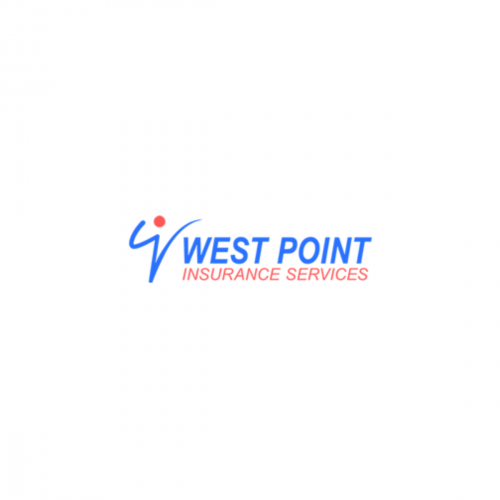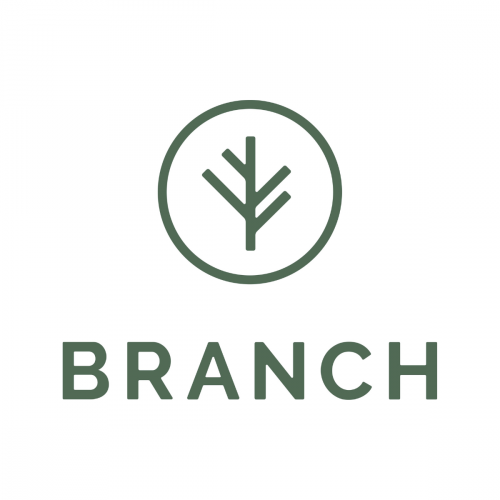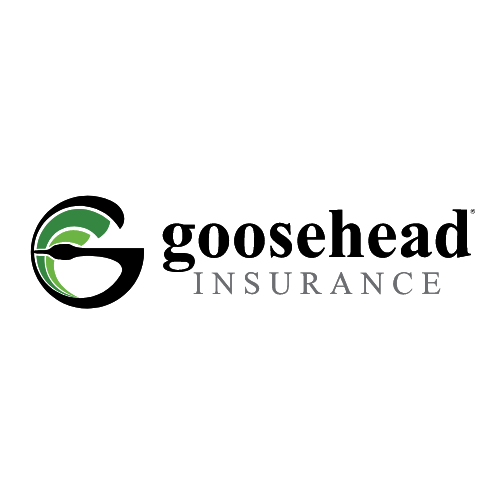Examining the consequences of an aging insurance workforce
According to the U.S. Census Bureau, the population of those aged 65 and older is projected to almost double within the next 30 years; reaching a staggering 88 million by 2050.
This rapid aging of workforces has particularly affected industries such as insurance, making it necessary for companies in this sector to implement appropriate strategies and measures that ensure their longevity.
With a looming talent crisis on the horizon, the insurance industry is facing an alarming trend in its demographics. The U.S. Bureau of Labor Statistics estimates that nearly 400,000 employees from this sector will soon retire – leaving a void where expertise and experience are desperately needed.
A pressing issue is the lack of people desiring to pursue a career in insurance:
- According to a survey conducted by The Institutes, 80% of millennials state that they have limited knowledge and awareness about job prospects in the insurance sector.
- Despite the fact that insurance offers a myriad of exciting opportunities in areas such as marketing, finance, data analysis, and information technology to millennials – 44 percent still do not find it interesting according to Valen Analytics. This is perplexing when one considers how attractive these career avenues are for this generation.
Additionally, many millennials are delaying homeownership and car purchasing decisions, which in turn contributes to their lack of experience with insurance products. Furthermore, the industry is transforming at a rapid pace due to the inclusion of advanced technology and social media integration – something that may not be on the radar for those who have limited exposure to these matters.
Gaining insight into Millennials and the generation to come
So, how do we reverse the current trend and reach this new generation? It starts by understanding them. For example, individuals born between 1981 to 1996 are known for their affinity towards communications media, and technology. Thus, when attempting to engage with a tech-savvy fast-moving cohort such as Millennials, it is essential that insurers carefully consider adapting strategies to effectively connect with them.
Technology
The millennial generation saw the Internet boom, with post-millennials currently growing up in a world of continuous connectivity. This age group has never lived without Wi-Fi and is used to being constantly connected. To draw younger people into the insurance industry, it’s important to place an emphasis on technology developments and innovations.
Insurance carriers are now leveraging mobile apps to provide customers with various services such as filing claims, scheduling inspections, tracking the progress of their claim status, interacting directly with agents using direct messaging functions, and even submitting videos for appraisals. Insurance agents can make use of these apps too in order to give clients a more enhanced experience.
To engage the younger generation, taking advantage of digital tools like social media is a wise move. And that’s our next point to discuss…
Social media
Social media offers small businesses and insurance agents an incredible platform to establish their credibility in the industry, while also facilitating a proactive approach toward engaging prospective talent. Research from Vertafore shows that millennials are over two times more likely to be approached through social media than any other age group. With this in mind, it’s no surprise that job fairs – once a key way of sourcing new talent from college graduates – have become obsolete compared to digital recruiting methods.
Taking advantage of the digital space is a must for any business looking to engage and recruit top millennial talent. After all, most millennials are known to interact with organizations through social media, so why not use this platform as an opportunity?
Technology and social media are playing an increasingly important role in the insurance industry, not only revolutionizing how business is conducted but also aiding recruiters in their attempts to attract a new generation of workers.











